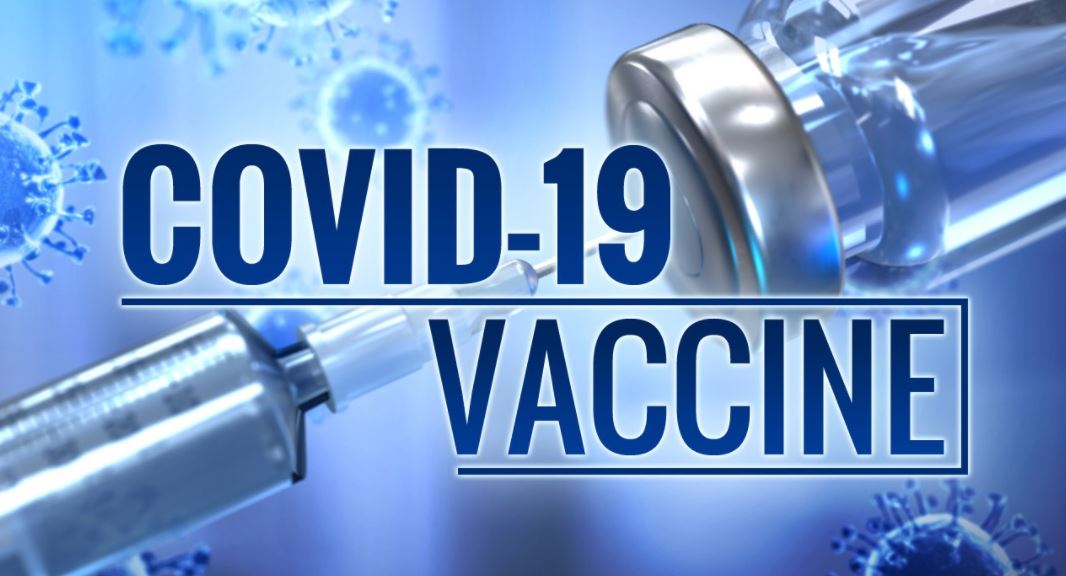The COVID-19 Vaccine: How Does that Really Work?

Vaccines have been around since the 18th century when Edward Jenner introduced the smallpox vaccine in 1796. There are four general categories of vaccines that have been developed over the years: live attenuated vaccines, inactivated vaccines, subunit vaccines, and toxoid vaccines. Messenger RNA (mRNA) type vaccines are the new kid on the block, relatively speaking, as they have only been around for few decades.
While the Moderna and Pfizer mRNA type Covid-19 vaccines have been around for less than a year, the actual technology has been tested and used since 1990.
MRNA is a molecule containing instructions on how to make different types of proteins which lives in each and every cell of our body.
Messenger RNA type vaccines work by the creation of a synthetic mRNA molecule with a specific set of instructions on how to create a target protein. The mRNA is then delivered by vaccination. The body’s cells then create the target protein based on the mRNA instructions. The body then perceives the target protein as foreign and mounts an immune response to eliminate it. Not only can viruses and bacteria be targeted in this manner but other unwanted invaders such as cancer cells can be targeted as well.
In the case of the Covid-19 mRNA vaccine, the mRNA has “instructions” on how to build a piece of the Covid-19 viral particle, more specifically, pieces of the Covid-19 S protein, or spike protein. The vaccine does not contain whole viral particles, nor does it carry instructions on how to create a Covid-19 viral particle, so there is no chance of becoming infected with the virus by the vaccine.
What does happen? Once the Covid-19 mRNA vaccine has been delivered, the body’s cells take up the mRNA. (Side Note: The mRNA remains in the periphery of the cell and degrades after it helps to make the S protein pieces. It does not enter the cell nucleus where DNA is kept.) The pieces of S protein are then displayed on the outer surface of the cell which cause the body to produce antibodies.
After vaccination, any future appearance of an S protein containing Covid-19 viral particle will trigger antibody activation and the virus will be eliminated before it has had a chance to replicate and cause organ/tissue dysfunction or failure. It is the body’s immune “memory “and quick response that allow a vaccinated person to be minimally, if at all, impacted by an infection.
While the vaccine will not prevent a Covid-19 infection, it does take a virus responsible for 2.5 million deaths worldwide and turn it into something as mild as the common cold.
Wash your hands, wear a mask, practice social distancing, and get vaccinated! It works!